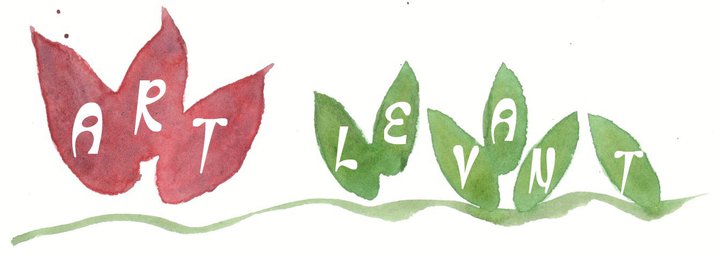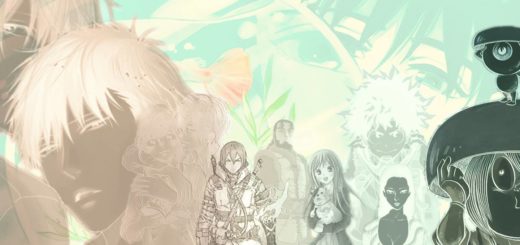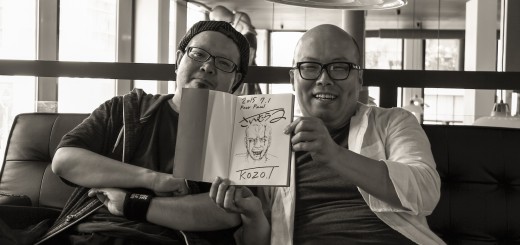Yuzu Natsumi, pop and traditional songs with shamisen
Very soon, it will be the third tour in France for Yuzu Natsumi. For this occasion, we asked some questions to her, the singer and shamisen player who will produce her pop and traditionnal music in Japan Expo this summer. During this interview, we come back to her career as a musician, her instrument which embarks the public from the first note for Japan, the kiyari or songs of the firefighters, her joy of returning to France and her projects.
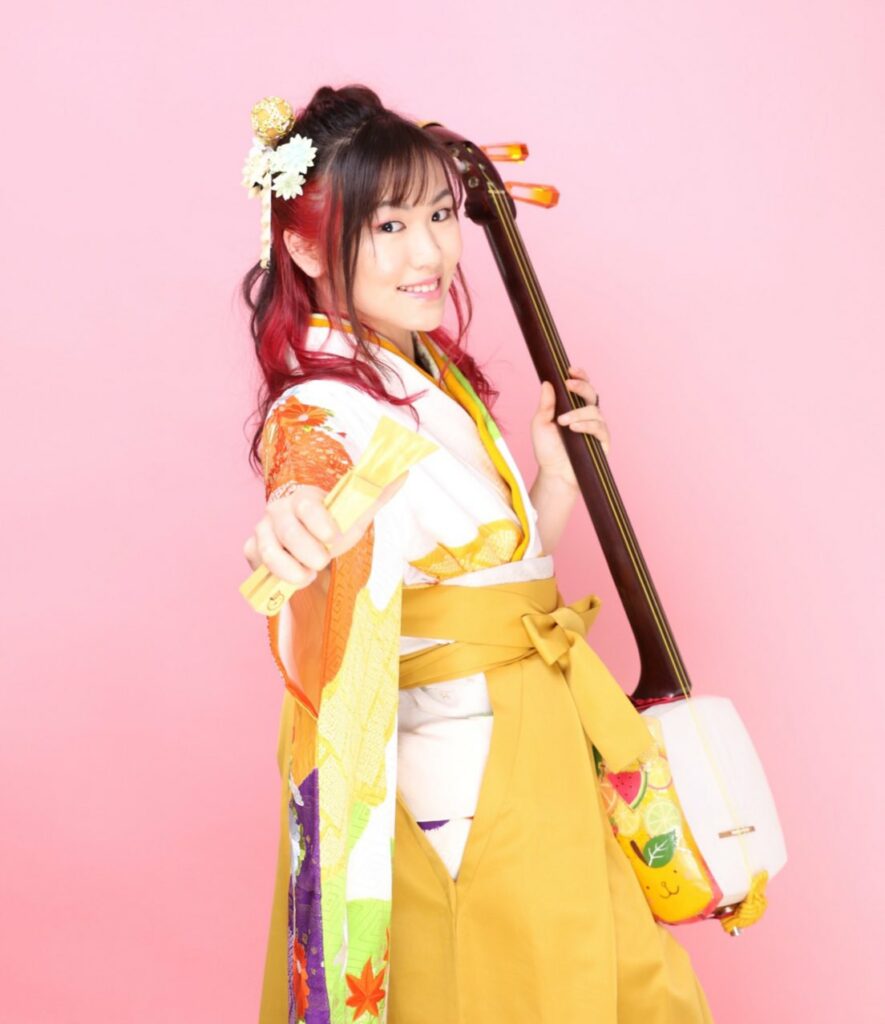
Journal du Japon : Hello and thank you for accepting this interview. First of all, can you introduce yourself to our readers?
I’m Yuzu, singer & songwriter playing Japanese traditional guitar « shamisen ». I’m originally from Toyama area in Japan. After living as a musician in Tokyo for about 10 years, I moved to the U.S. last year. Now I’m based in New York, performing and promoting Japanese music.
I love to travel the world with my instrument. So far I performed in 16 countries including Iceland, Serbia, India and Thailand. This is my third tour in France after Japan Expo 2019 & 2022. I’m so happy to come back here!
Why did you choose Yuzu Natsumi as your artist name? Why did you choose to play shamisen ?
My stage name « Yuzu » is based on my real name, but actually « Natsumi » means especially nothing… I started using this name on the internet when I was a teenager (I don’t remember why I chose « Natsumi », maybe just because it sounded cute…?), and when I started my career as a solo musician I found this name was unique on google search. That’s why I keep on using this name. To tell the truth, I’m always thinking of changing my stage name to just « YUZU », but there are too many competitors for the word « YUZU » on Google search, such as Japanese restaurants or food providers from all over the world…lol
I had not been a shamisen player since my childhood, but I started learning shamisen after I got my first overseas performance in 2015. At that time I was playing the keyboard along with my singing. In 2015 I got a chance to perform in New York. There I got friends with many people from different cultural backgrounds, and realized that I should study some Japanese traditional music as a Japanese musician. After that I tried some Japanese instruments, and chose shamisen as the main thing.
What made you want to make music your work?
I had never imagined to be a musician until 21 years old actually. I’m from a musicians family, and music had been a part of my life, rather than a future work. My parents also didn’t expect me to be a professional musician, because they knew it was hard to live on music.
My dream was to be an actor. I majored in theatrical arts in college and joined some theaters in Tokyo, but when I was 21 years old I got some problem with my health, and it became difficult for me to work in corporate with the other people. The only thing I could do was creating music and practicing instruments just by myself. At that time I realized music was the lifework for me and since then I’m living as a musician.
What were and still are today your musical influences?
I can say my music stands on Japanese anime music and Vocaloid music. I have loved anime music since my childhood. My favorite composer is Yuki KAJIURA, and I was listening to her CDs every day when I was in middle school. When I was in high school or college, vocaloid music became a big movement in Japan. Many creators started to compose whatever music they like and post them on the internet. I watched many videos, played arcade games that uses vocaloid music, and I myself posted some songs on the internet and enjoyed to be a part of this culture. This experience still influences my music.
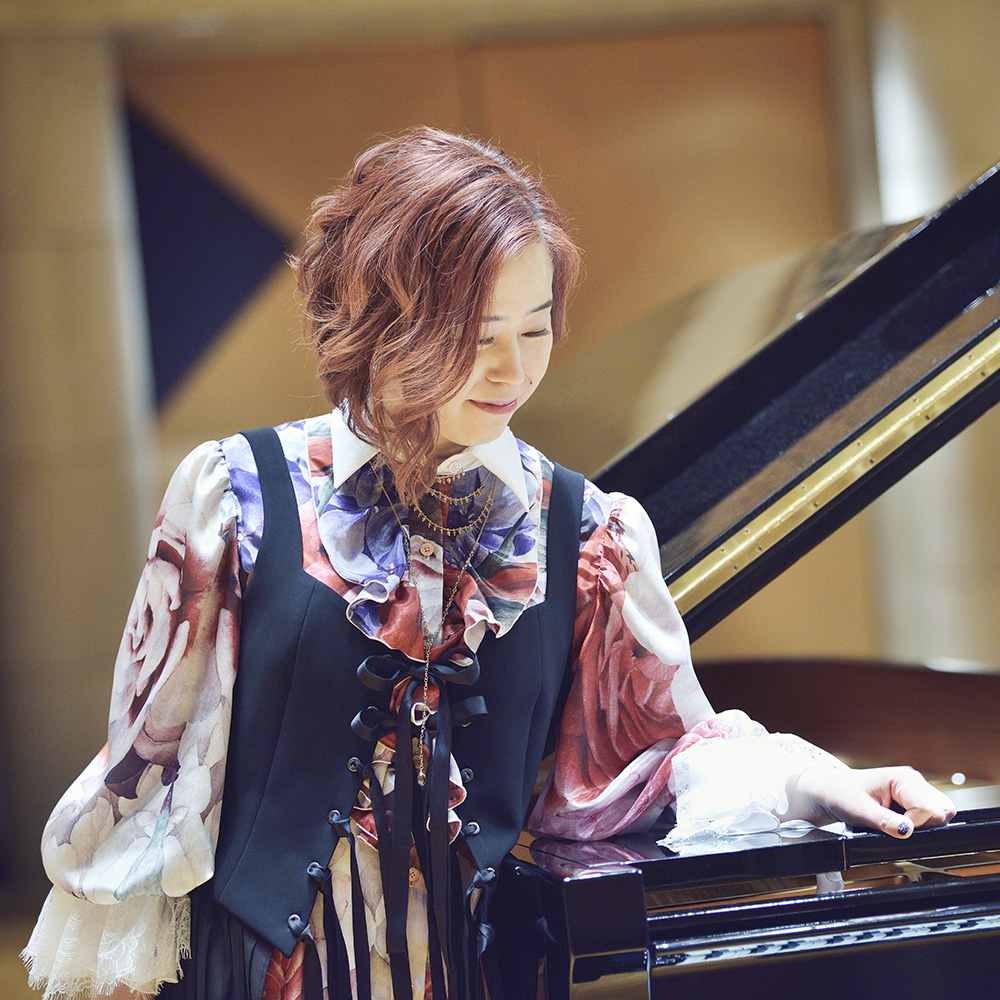
Through your original pop and traditional songs, what messages do you want to send?
Through my music and performance, I expect the audience to feel that traditional music and instruments are cool and fun. Actually, the population of Japanese instrument players is rapidly decreasing in Japan. I feel some genre of Japanese traditional music will extinct in a next few decades… I’m so sad about that…That’s one of the reason I started composing pop songs with Japanese traditional sounds. I want to encourage people to feel friendly with traditional instruments, just like the piano or the guitar, so that more people get interested in playing traditional music (not only Japanese, but also folk music worldwide), and we can pass down beautiful traditions to the future.
Why do you think the shamisen is an emblematic Japanese instrument? Why the shamisen and not another instrument such as the koto or the shakuhachi flute?
I chose shamisen with some practical reasons, one reason is that I wanted to sing along with Japanese instrument (it’s hard to do that with flute…) and also that I wanted to carry it on the airplane with me (koto is too big). However, I still love the other Japanese instruments as well as shamisen! In my songs I use some instruments such as koto, shinobue flute, taiko drums or kokyu (a kind of Japanese violin, it sounds beautiful).
You are an advocate of the art of kiyari, the typical firefighters’ song. Can you tell us more about it?
I’m in the group of « Edo-Kiyari », or old Tokyo style kiyari. Its history goes back to about 300 years ago. The origin of Edo-Kiyari was a shout of construction workers, such as « ready, set, go! » or « one, two, three, go! » during their work.
The construction guys were the firefighters as well. At that time in Edo city (the old name of Tokyo) they often had fire, for all of the buildings were made of wood. They knew how to stop the fire on the buildings, because they constructed them. They sang kiyari during firefighting, so in later generations kiyari became to be passed down as fighfighters’ music.
Just like some other Japanese traditional arts or sports, Edo-Kiyari had been only for men, and women could not join it. However, they found some historical materials that there existed a kiyari song only sung by women. Japan Hikeshi Preserving Foundation, one of the existing Edo-Kiyari teams, started to try to revive this song with the professional female singers. I joined this team in 2018, soon after they founded this female team.
You are back in France for Japan Expo in particular, how does it feel? Are there any differences with the many other countries where you perform?
France and Japan Expo are special for me. I’m happy to come back here from bottom of my heart! Among the 16 countries I have performed in, including the U.S. I’m based in now, people in France have the biggest passion for Japanese Otaku arts, which is my mother culture, such as anime, manga, game & cosplay. And French people are very respectful for Japanese traditional culture. This is the best stage for me to share my love both for traditional and modern Japanese music. I hope to enjoy a pleasant time together with my French friends at Japan Expo!
In general, which music do you prefer to play and which do you think is the most popular with audiences?
Generally I love to play my original songs, especially pop and cheerful songs such as « SAKURA RAIN » or « TURN UP! ». And I think these songs are the most popular among my audiences too.
After 3 albums and numerous shows, and even hosting radio shows, how do you look back on your career?
I have always been struggling on building my career as a musician, and in these three or two years I finally started to think that my effort is becoming to bear fruit. In my 20s my life in Tokyo was tough, I lived by myself and made my career as a musician from zero. Still now I sometimes think that I could have done better if I had been born in a big city, or I had been in a music collage, but these thoughts have nothing to do. We can do nothing other than fighting with all that we have in our hands. From this viewpoint I believe I have done well.
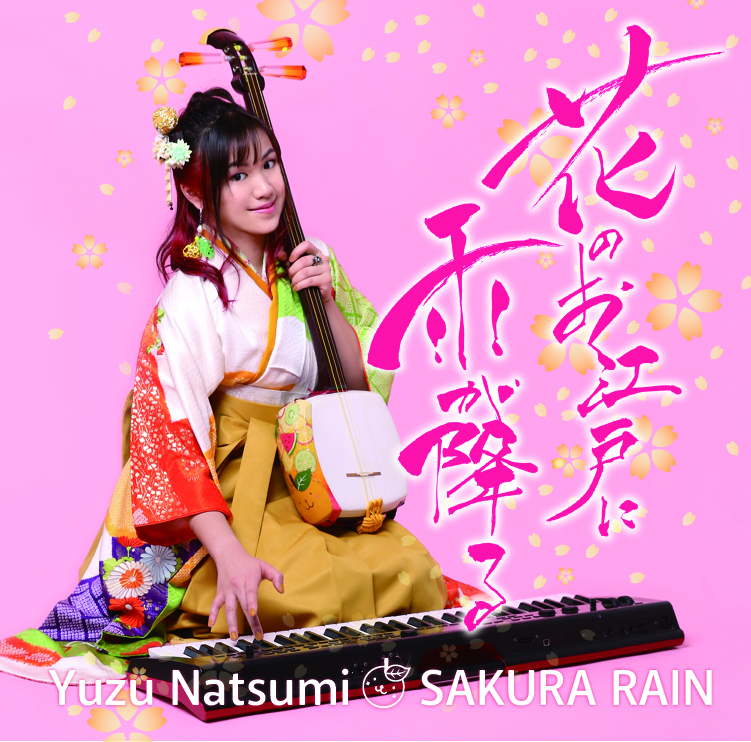
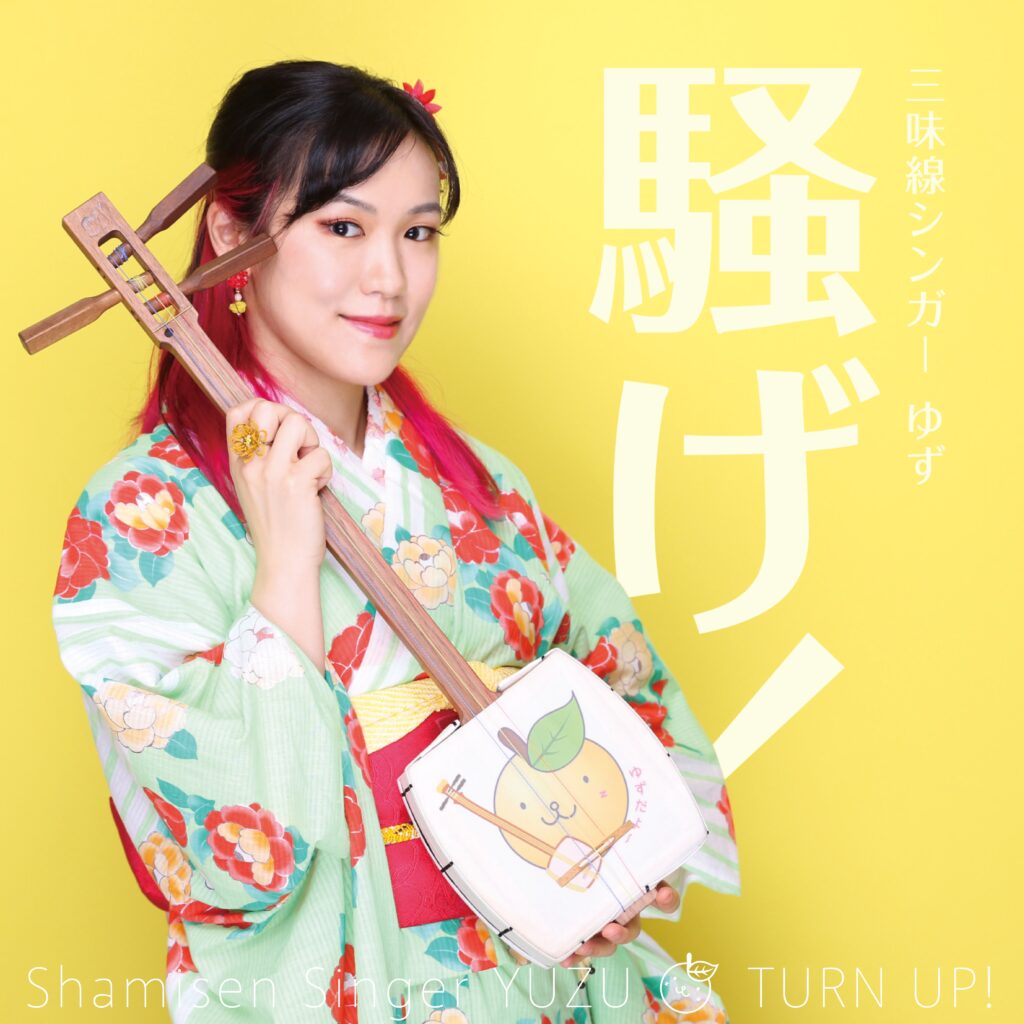
What are your plans for the future?
So far I realized two of my major dreams as a musician. One was to perform in Japan Expo Paris, I realized it in 2019 and this year 2023 is the third time. Another one was to live in New York as a musician, which became true last year.
Now it’s time for me is realize the next one – go on a backpacker travel with my shamisen. I always have visited a country just to perform, and I have not had enough time to see around or learn the local culture. Now I want to try a more free and open-minded travel. I want to meet local people, and learn new music and culture in addition to performing my own things.
Actually, I’m planning to try it from next April to summer! I’m planning travel through Europe first, and then visit some places in Asia and Africa. I hope to see you on the way!
Any last words for our readers?
I want to say this again that I’m so happy to come back and perform in France this summer! Please follow me on the social media and make friends with me online, so that we can meet again in the near future. (Hopefully next spring!)
Thank you Yuzu Natsumi for your time and your answers. We are excited to see you again at Japan Expo !
Social networks of Yuzu Natsumi :
Instagram: @yuzu_singer
YouTube: @yuzu_singer
Twitter: @natsumiyuzu
Facebook: facebook.com/natsumiyuzu
Japan Expo program :
At Japan Expo, Yuzu Natsumi will be with dancer Ikumi TOGAWA on SAKURA stage 13th July from 2pm to 2:30pm, 15th July from 11:30am to 12:00pm and 16th July from 9:45am to 10:15am. The two artists will be at SUMIRE 5, in front of the photocall 13th July from 4:30pm to 5:30pm and 16th July from 11:00am and 12:00pm.
Before Japan Expo, Yuzu Natsumi will be in Parc Oriental de Maulévrier for Kamiplay 2023. She will give a show on 12th July in Le Truskel bar, Feydeau street in Paris.
Interview made in English by email thanks to Sylvain from Art Levant association.
